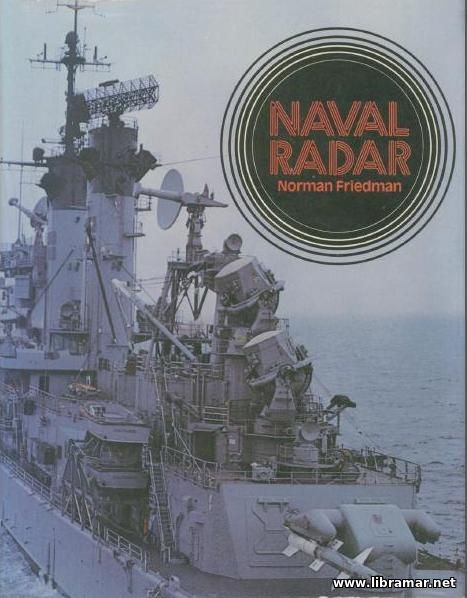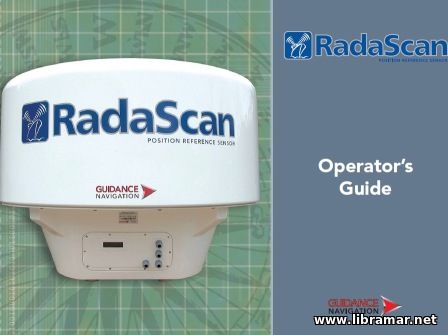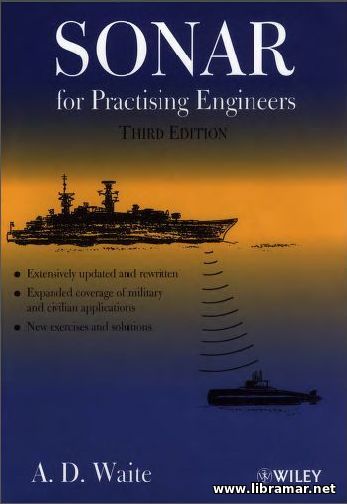NAVAL RADAR

| Author(s) | Norman Friedman |
| Publisher | Conway Maritime Press |
| Date | 1981 |
| Pages | 240 |
| Format | |
| Size | 50 Mb |
| D O W N L O A D | |
The author of this volume, Norman Friedman, has prepared its content attempting to provide the readers with clear and understandable descriptions of the array of naval radars from their inception in 1937 to the present, and to examine some of the ideas behind their designs and also behind the way in which they have been mounted aboard warships. Some major pieces of non-radar electronics will also be described and illustrated.
Nearly all radars operate by sending out a stream of pulses made up of short radio waves; the pulses reflect off objects, and the radar detects them on their return. Since radio waves travel through the atmosphere at a constant and very high speed, the short time interval between pulse and reception measures the distance to the radar target.
The radar system, then, consists of a pulsing sources of electrical energy coupled to an antenna which emits corresponding radio pulses in a more or less well-defined beam; and a receiver to detect the returning echo and use it to operate some kind of display device. Each of these simple descriptions hides enormous technical problems, only some of the solutions to which will be touched on here. A must-have volume for the naval history enthusiasts and professional historians...
The "Read Later" function allows you to add material to this block with just one click. Just click on the icon and read the articles that interest you at any convenient time.


